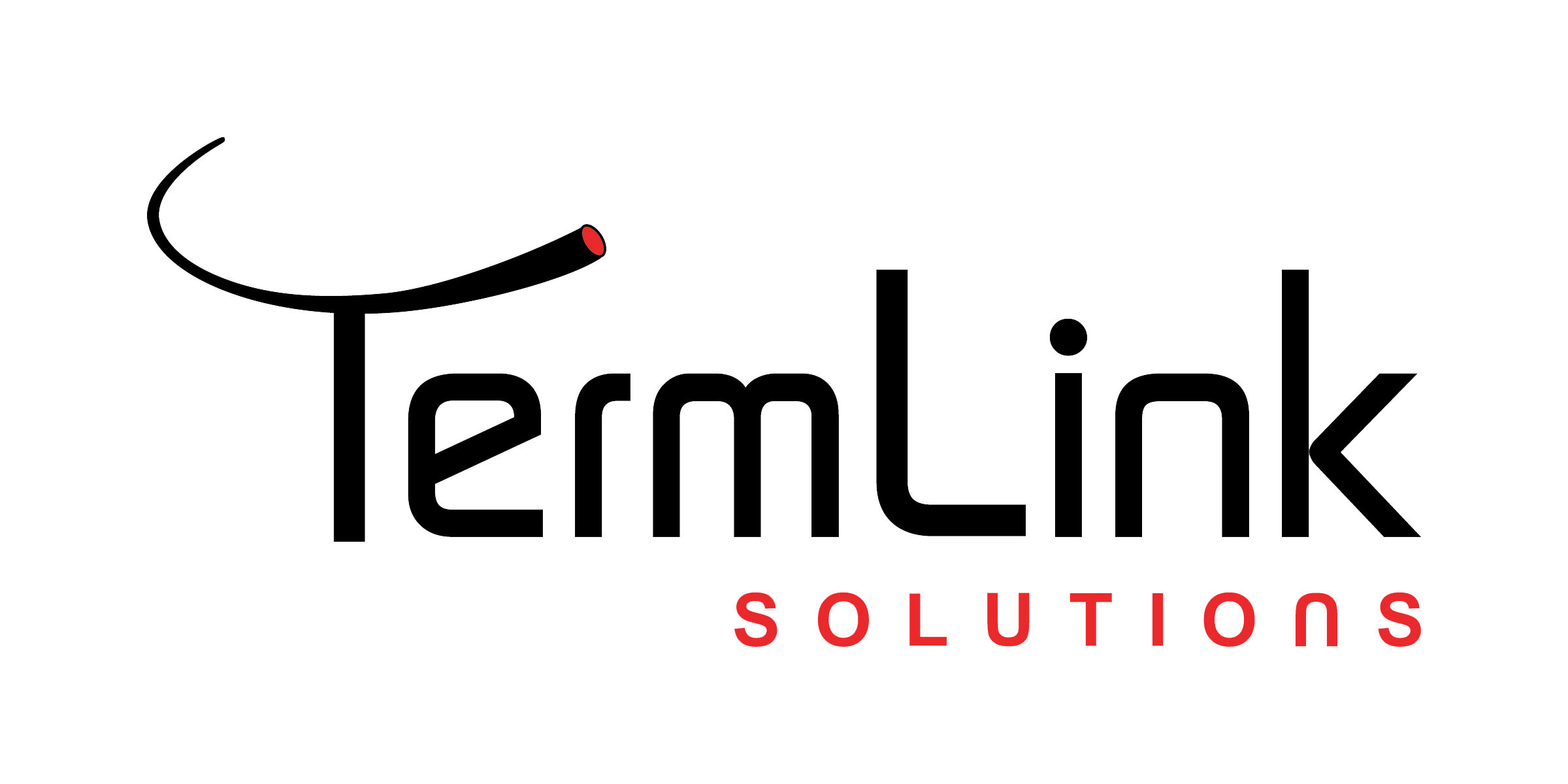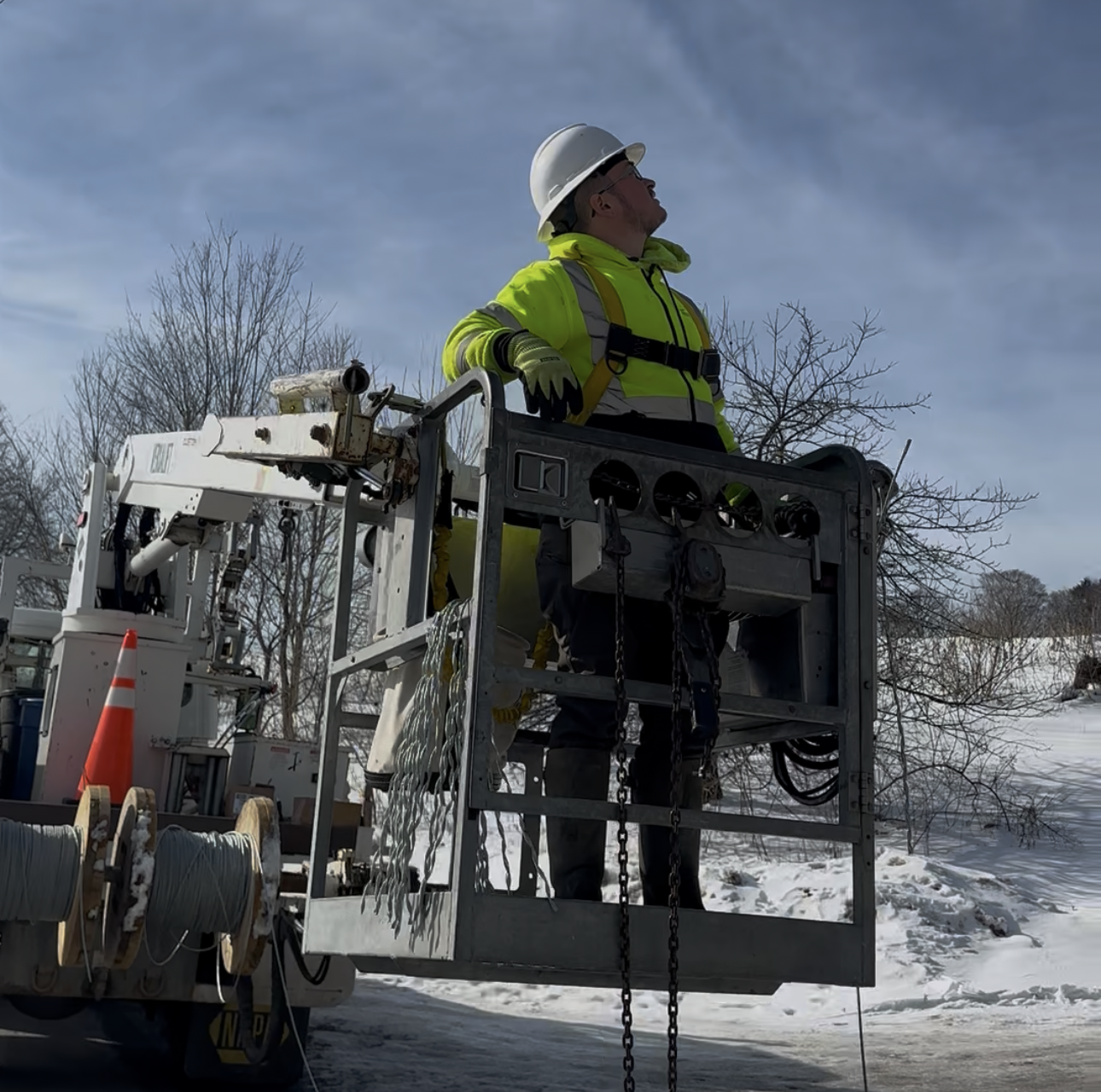Safety on fiber job sites is often associated with hard hats, harnesses, and OSHA regulations. And while these are essential, the truth is, safety isn’t just about compliance, it’s about culture.
When crews embrace safety as part of their mindset, values, and daily decisions, job sites become more than just compliant, they become places where risks are actively reduced, and people feel protected and supported. At TermLink Solutions, we believe a strong safety culture is as critical as the tools and technology we use to build fiber networks.
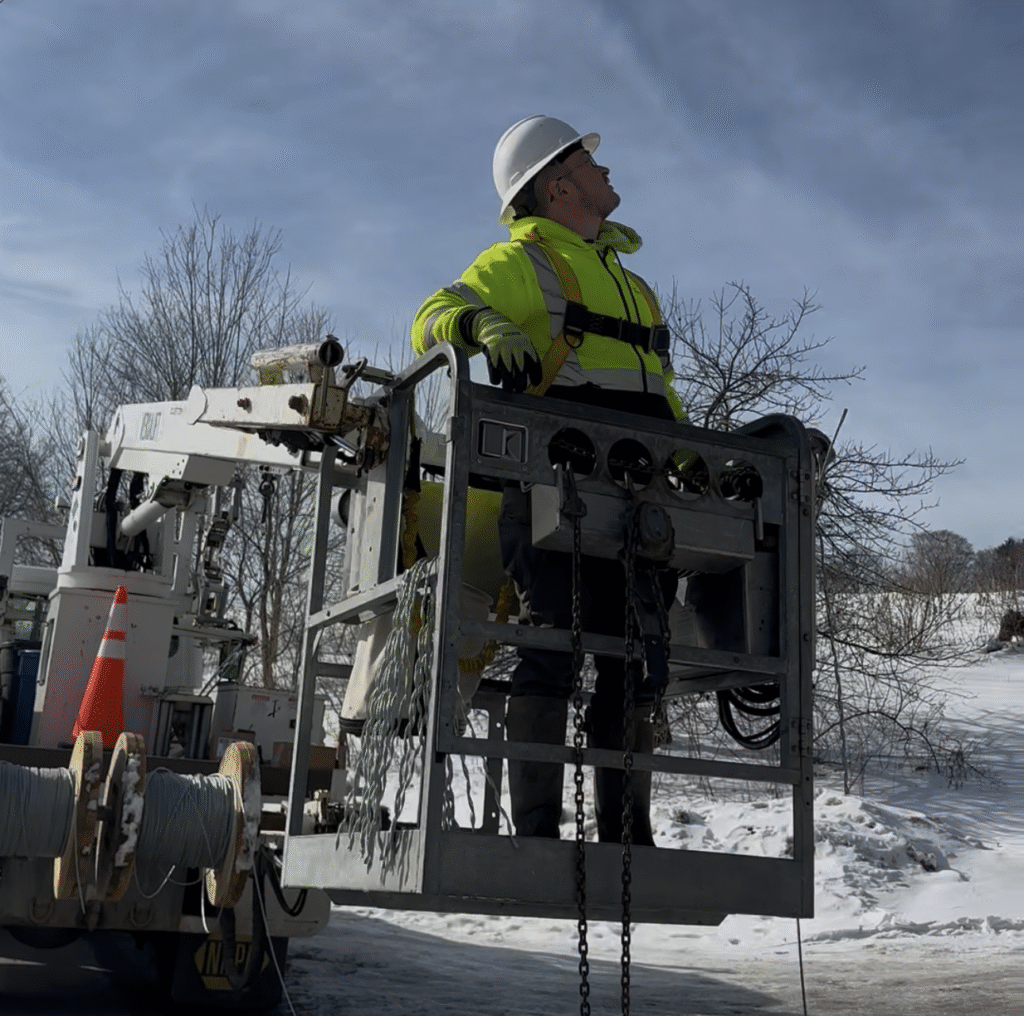
Why Safety Culture Matters in Fiber Installation
Fiber crews often work in high-risk environments, near busy roads, energized utility lines, and elevated work sites. Every job site presents potential hazards, and while training and PPE are necessary, they’re not enough on their own.
A true safety culture ensures that workers not only know the rules but believe in the importance of following them, and feel empowered to speak up when something doesn’t look right.
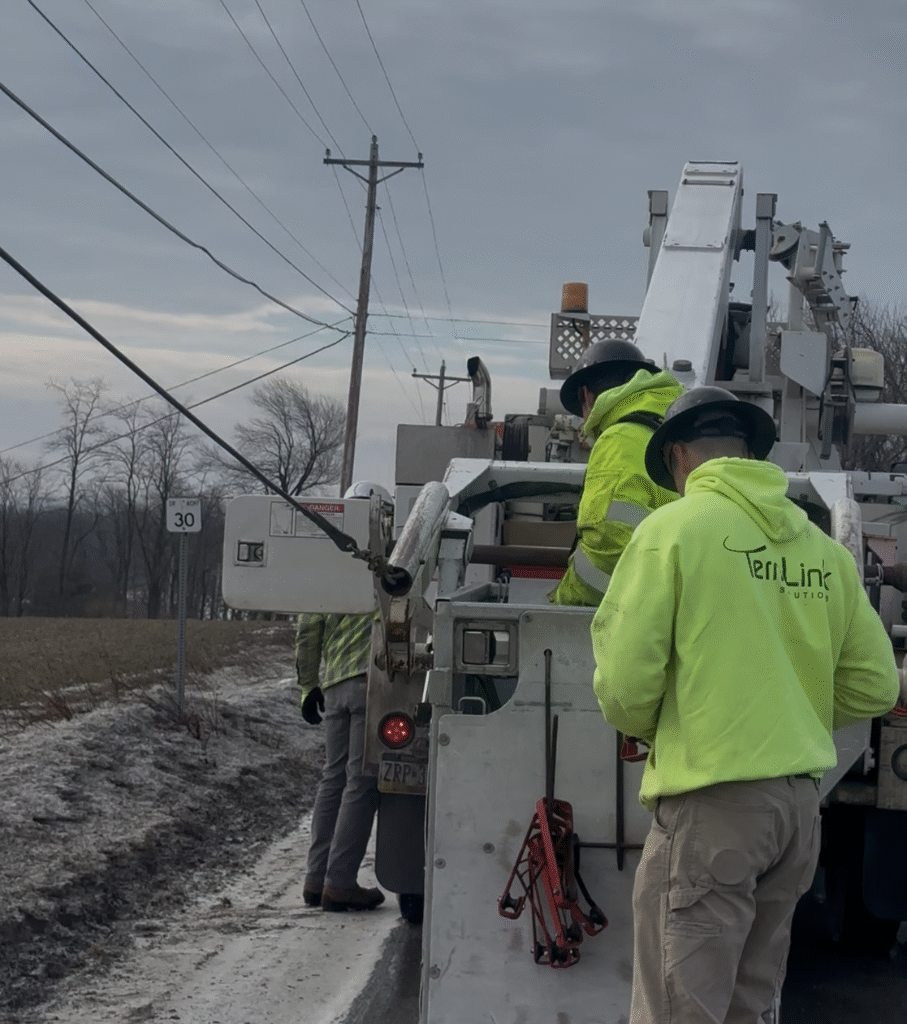
Beyond PPE: The Role of Leadership in Safety
Safety culture starts at the top. When supervisors emphasize efficiency at all costs, crews pick up on that message and may take shortcuts. But when leaders make it clear that nothing is more important than going home safe every day, crews listen.

Great safety leadership includes:
- Clear expectations: Making safety a non-negotiable priority.
- Open communication: Encouraging workers to report hazards without fear.
- Leading by example: Showing commitment by following safety protocols themselves.
Building a Safety-First Mindset
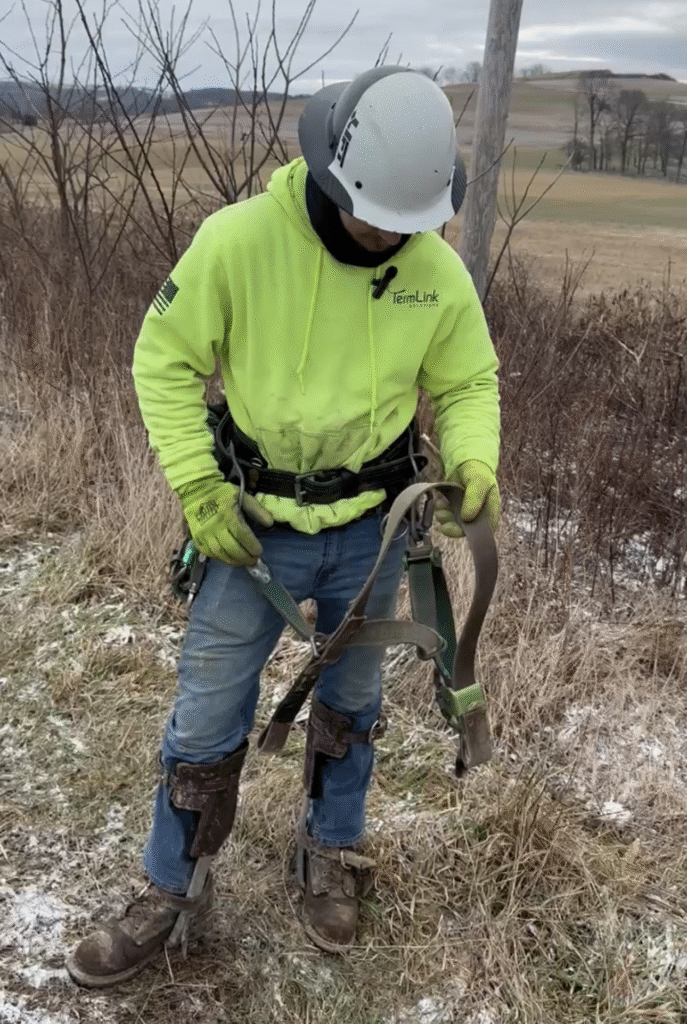
Culture is built on daily actions. On fiber job sites, this can include:
- Daily safety huddles before work begins to review hazards and mitigation plans.
- Near-miss reporting systems that reward transparency instead of punishing mistakes.
- Recognition programs for crews who consistently prioritize safety practices.
These small, consistent actions build habits, and habits build culture.
The Psychology Behind Safer Job Sites
People work more safely when they feel heard, supported, and valued. Safety culture taps into this psychology by creating job sites where:
- Peer-to-peer accountability exists, crews watch out for each other because they trust each other.
- Mental health and fatigue are addressed, because tired or stressed workers make more mistakes.
- Safety is viewed as a shared responsibility, not just a set of rules handed down from management.
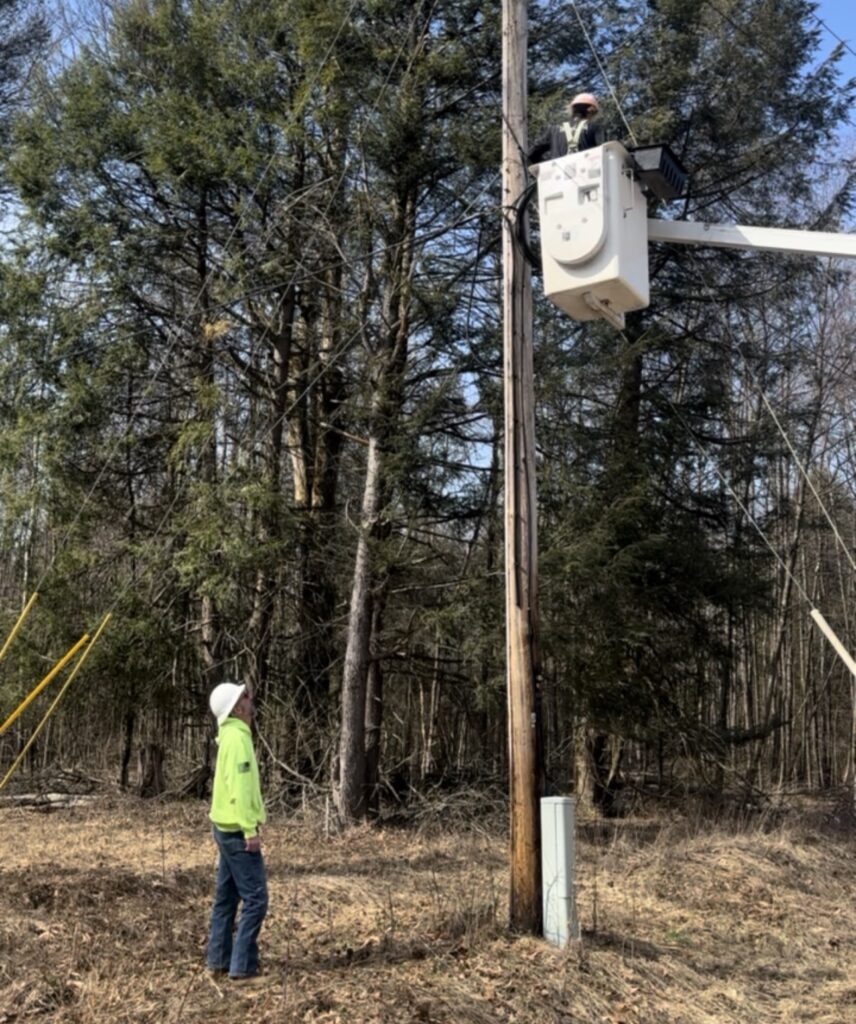
How Safety Culture Impacts Project Outcomes
A strong safety culture doesn’t just protect workers, it improves the entire project. Crews who feel confident about safety work more efficiently and effectively. Fewer accidents mean:
- Lower downtime
- Fewer project delays
- Reduced costs for clients and contractors alike
In other words, safe job sites are productive job sites.
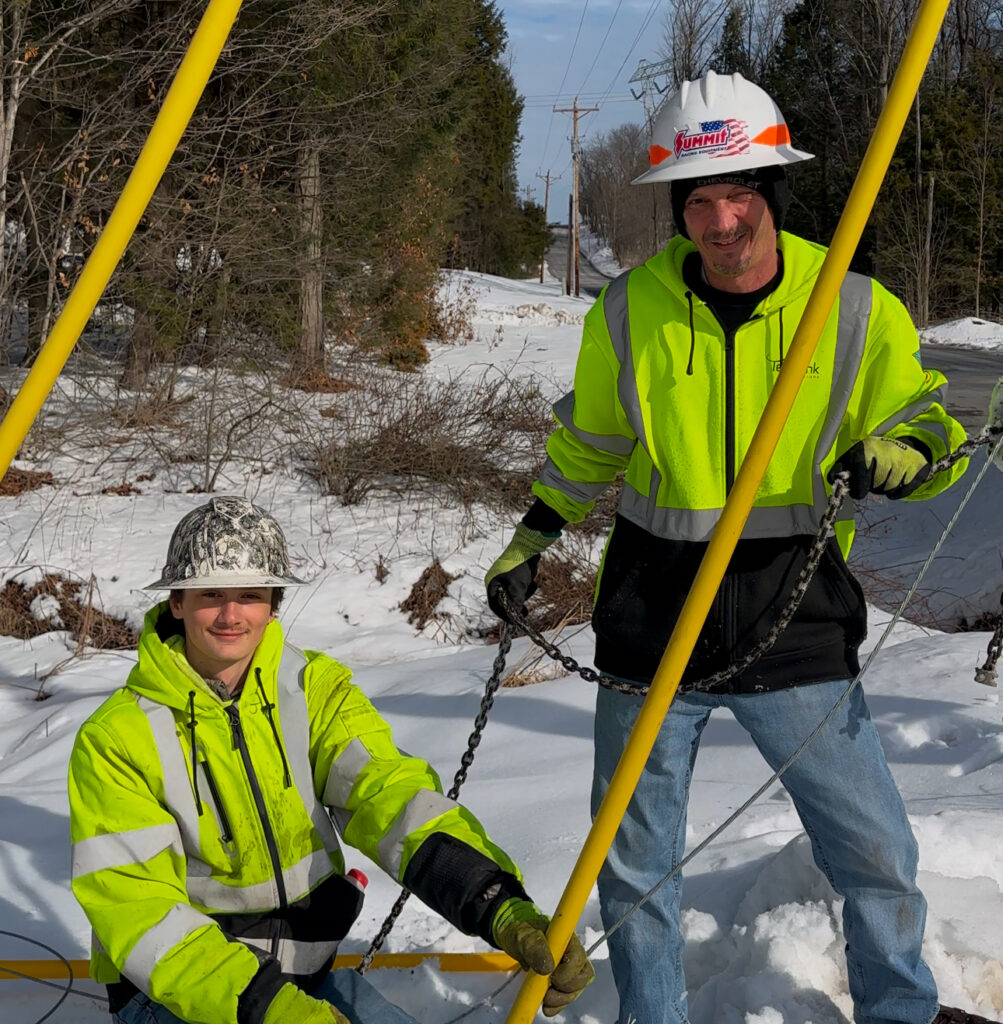
TermLink’s Approach to Safety Culture
At TermLink Solutions, we know that safety is more than a box to check. We invest in:
- Leadership development so supervisors set the right tone
- Ongoing training to keep crews up to date on best practices
- Modern equipment and planning tools to minimize risk before work even starts
Most importantly, we create an environment where safety isn’t just a rule, it’s part of our identity as a company.
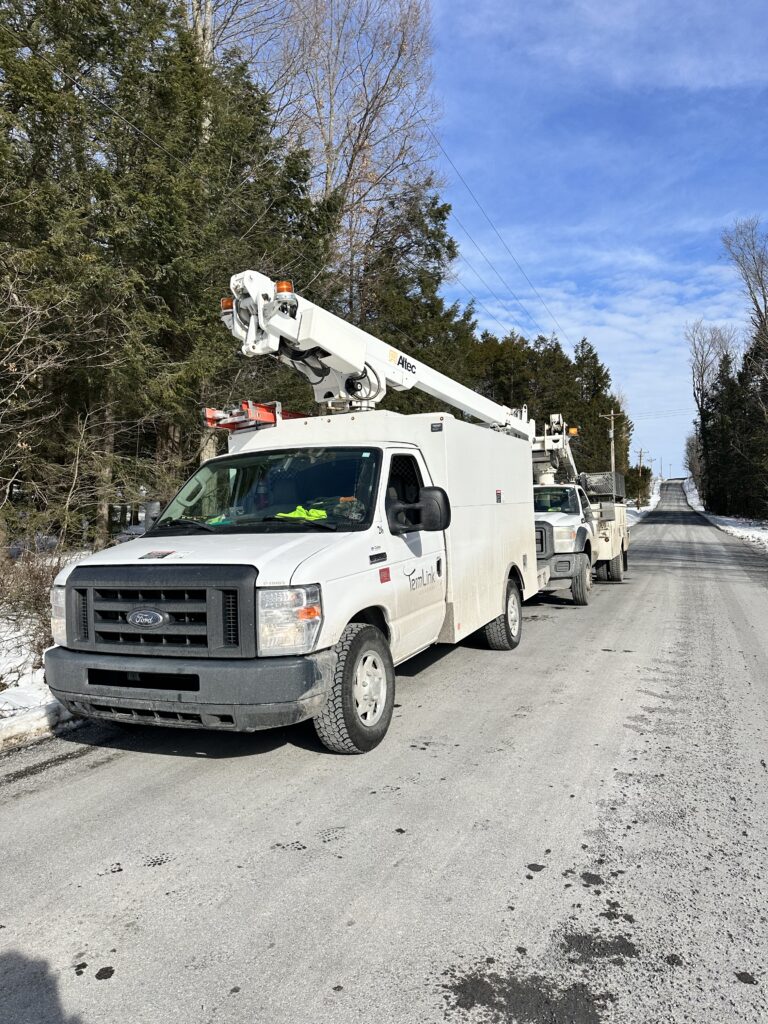
Conclusion
The psychology of safety goes beyond PPE and regulations. It’s about mindset, leadership, and culture, factors that turn job sites into places where people feel safe, supported, and empowered to speak up.
At TermLink Solutions, we’re committed to building this culture on every fiber project because we know that when safety comes first, everything else falls into place.
